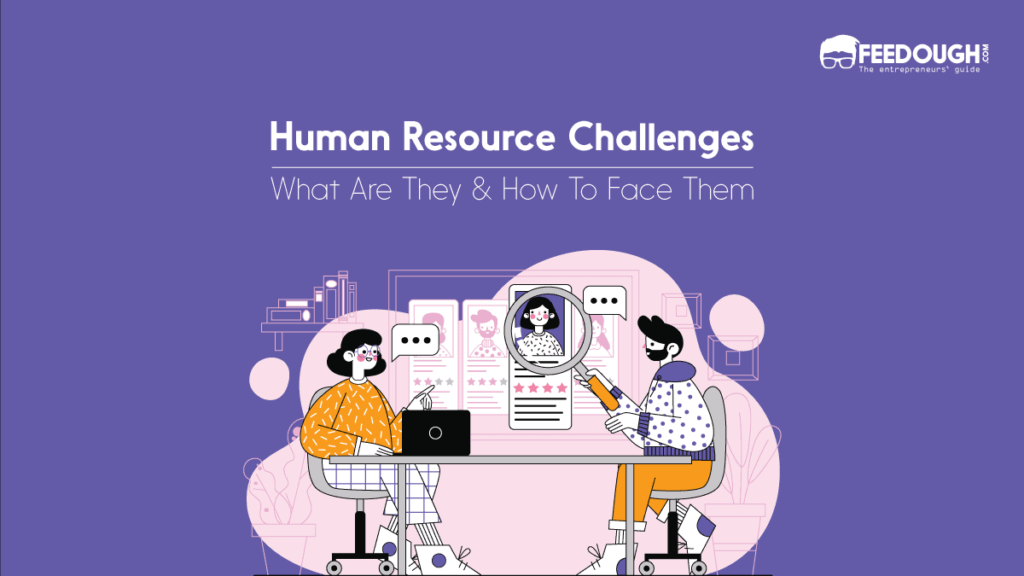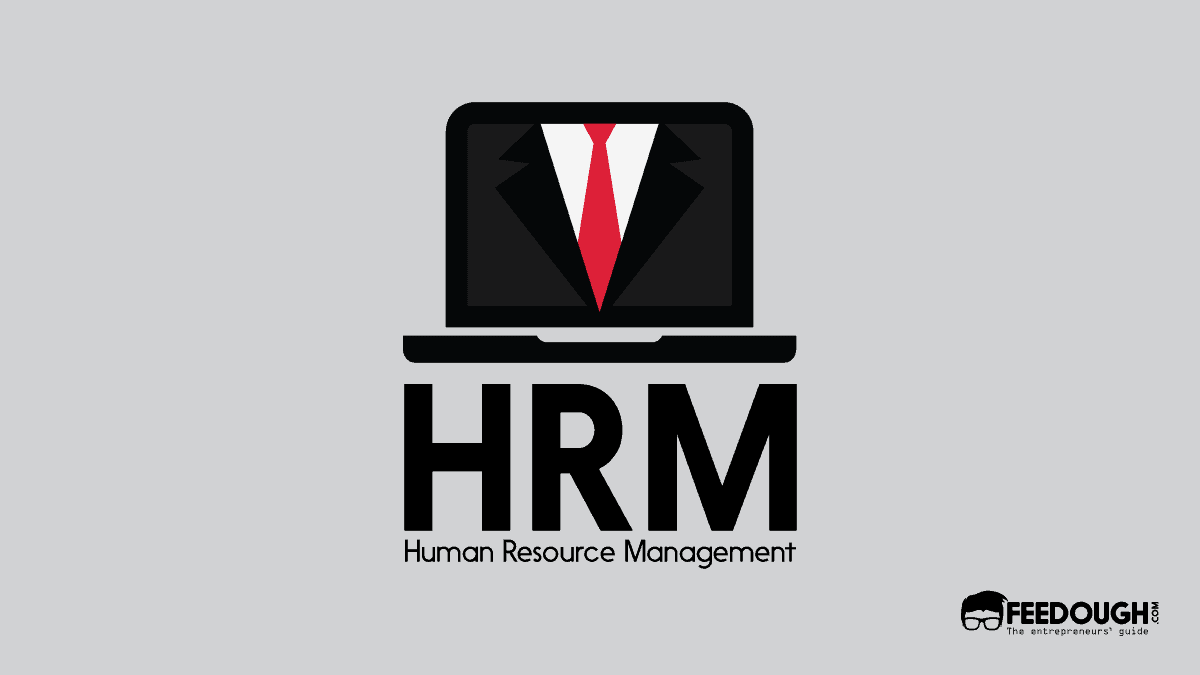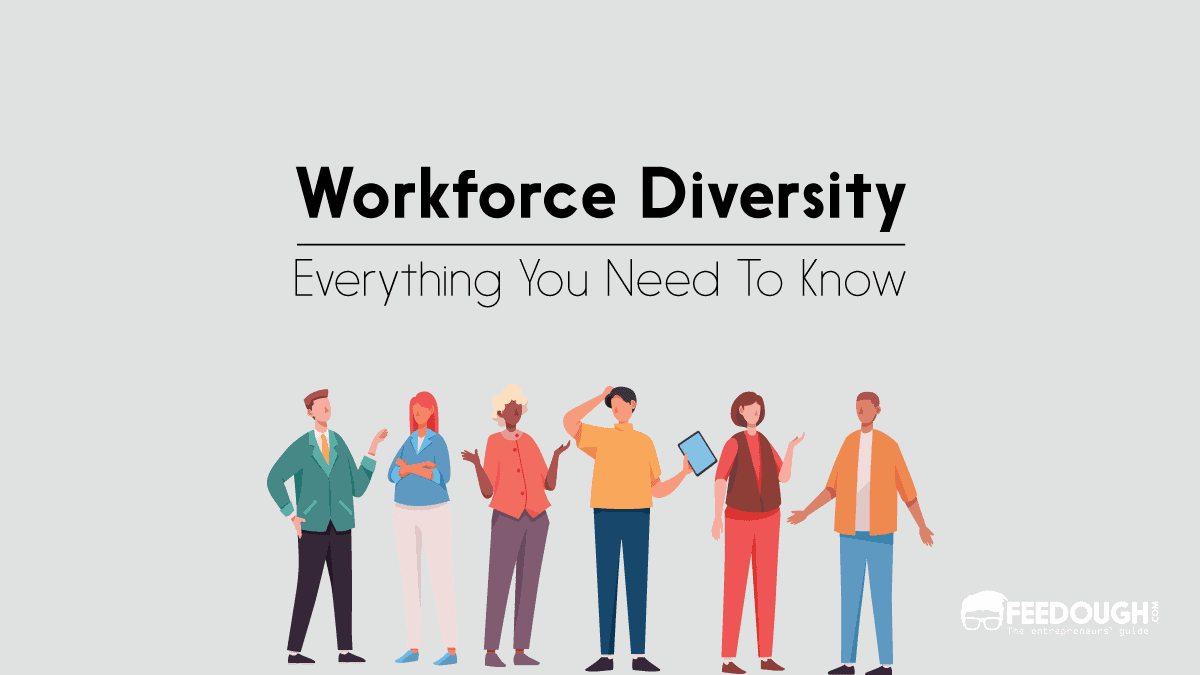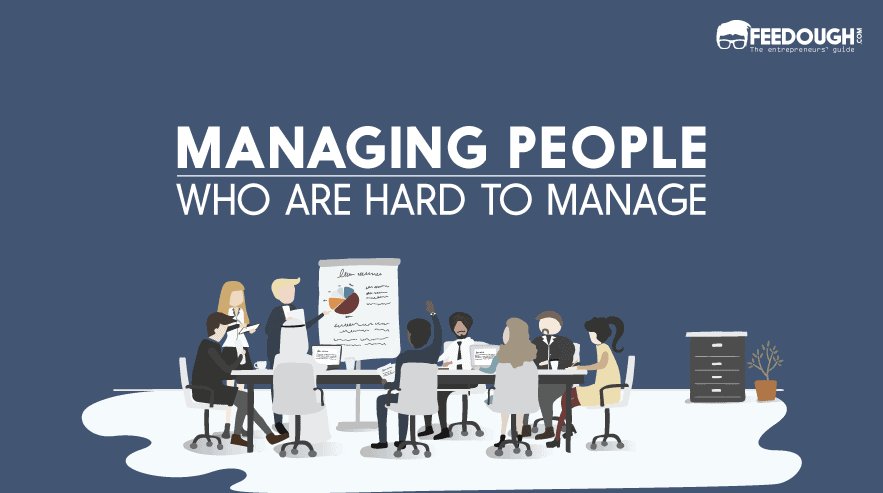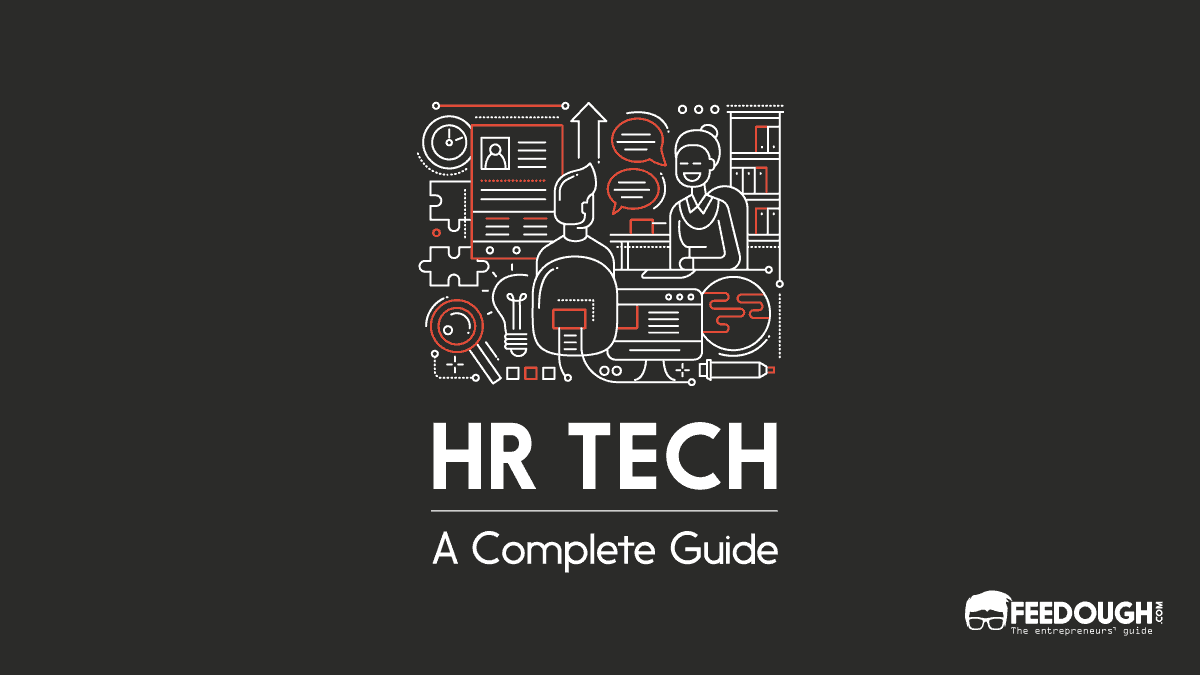Humans are inherently complex beings, and managing them is no easy feat, especially in the workplace. They might want different things at different times, butt heads with others, and just need a little extra support to stay productive.
These human resource challenges are only natural, but that doesn’t mean they’re not worth addressing. Ignoring them can lead to all sorts of problems down the line, from decreased productivity to high turnover rates.
Human resource management is all about mitigating these challenges and ensuring that the employees are happy, engaged, and productive. This guide will outline the top 10 HR challenges and how managers can face them head-on.
- Attracting top talent
- Talent Retention
- Adapting hybrid work model
- Handling change management
- Managing diversity and inclusion
- Employee engagement
- Leadership development
- Legislation and other compliance
- Payroll and benefits administration
- Developing a value-oriented culture
Attracting Top Talent
Factors like increased competition, skill gap, and a globalised economy have made attracting top talent challenging for HR professionals. In fact, around 75% of HR professionals believe that the candidates applying for the job don’t have the required skills. To solve this, managers need to focus on employer branding and ensure that their company is an attractive option for potential candidates. This can be done by:
- Creating a positive work environment: A positive work environment is one of the most important factors that attracts top talent. Employees want to work in a place where they feel valued and appreciated.
- Offering competitive compensation and benefits: Candidates look for companies that offer competitive compensation and benefits. This includes things like health insurance, paid time off, and retirement plans.
- Investing in employee development: Employees want to work for companies that invest in their development. This includes things like providing training and development opportunities and offering career growth potential.
- Encouraging employees to review the company on employer review portals: Employees want to work for companies that have a good reputation. Review portals like Glassdoor allow employees to rate their employers and leave reviews. A good employer rating can really help attract top talent.
Talent Retention
Retained talent is always an asset for any company, but with the ever-changing job market, this has become one of the most significant human resource challenges for HR professionals. Employees demand a fair, if not high, salary for their work and are always looking for better opportunities. HR professionals need to find ways to keep employees happy and content in their jobs. This can be done by offering things like:
- Competitive salaries
- Performance-based bonuses
- Flexible work hours
- Generous vacation time
- Employee development programs
When it comes to retention, the biggest challenge is to understand what motivates each employee. This can be done through regular performance reviews and one-on-one meetings.
Adapting The Hybrid Work Model
With the rise of the internet, telecommuting and freelance work, employees are more spread out than ever before. This can pose a challenge for HR professionals who need to manage these people without being able to see them every day.
Seeing that 95% of people are more comfortable and productive when working from home at least some of the time, it might be worth considering a hybrid work model for your company.
This would give employees the best of both worlds: the flexibility to work from home when they need to and the ability to come into the office to collaborate with colleagues. To implement this model, HR professionals need to:
- Be clear about expectations and communication channels: Employees need to know what is expected of them in terms of output and deadlines, and they need to have a clear way of communicating with their managers.
- Create a culture of trust: The remote working model can only work if there is trust between employees and managers. This trust has to be built from the ground up.
- Provide employees with the right tools and resources: Employees need to have the right tools and resources at their disposal in order to work effectively from home. These could include things like a laptop and a work chair.
- Have a system in place for tracking work: Managers need to have a system in place for tracking employee work, whether that’s through daily check-ins, weekly reports, or some other method.
Handling Change Management
Change management refers to the process of implementing changes within an organisation. There are four main stages of change management:
- Pre-change: This stage is where changes are first introduced, and employees are made aware of them
- Change: This is when employees begin to adapt to the new changes
- Post-change: This is when changes are fully implemented and employees fully adapt to them
- Evaluation: This is the stage where managers evaluate the success of the changes and make adjustments as needed
Some of the challenges that can occur during change management include:
- Employee resistance: Employees may resist changes because they’re comfortable with the status quo or fear the unknown
- Lack of communication: If employees don’t understand why changes are being made or what they entail, they will likely resist them
- Lack of buy-in: If employees don’t feel like they have a stake in the changes, they’re less likely to support them
- Implementation problems: Changes can be difficult to implement, especially if they’re large-scale or complex
- Conflict: Changes can lead to conflict among employees as they compete for scarce resources or try to accommodate new processes
It’s a big HR challenge to manage these changes and ensure a smooth transition for employees. However, managers can face these challenges by:
- Communicating the rationale for change to employees
- Involving employees in the change process
- Planning and preparing for implementation
- Managing conflict effectively
- Monitoring progress and adjusting as needed
Managing Diversity And Inclusion
With the globalisation of businesses, managing diversity and inclusion has become a key challenge for HR managers. They need to ensure that all employees feel included and respected, regardless of their background or identity.
Given that personal and cultural differences can lead to misunderstandings and conflict, HR managers need to be especially diligent in managing diversity and inclusion. They can do this by:
- Providing training on diversity and inclusion for all employees
- Encouraging employees to share their perspectives and experiences
- Creating policies and procedures that promote diversity and inclusion
- Monitoring the workplace for signs of discrimination or exclusion
Employee Engagement
An engaged employee is one who is enthusiastic about their work and committed to the organisation. They go above and beyond their job duties and are motivated to contribute to their team’s success.
Engaged employees are more productive, have better attendance, and are more likely to stay with their company. According to a recent study, only about one-third of employees worldwide are engaged at work. This means that there is a lot of room for improvement when it comes to employee engagement. Many factors contribute to employee engagement, such as:
- The relationship between the employees and their supervisors
- The feeling of being valued and appreciated by the company
- Having a say in decisions that affect them
- A clear understanding of their role within the company
- A sense of purpose or meaning in their work
Leadership Development
While it’s easy to find people who follow orders, it’s much harder to find people who can inspire others to do their best work. That’s why leadership development is crucial for any organisation that wants to stay ahead of the competition.
The problem is that many organisations don’t have a clear plan for how to develop their leaders. They may offer some training programs, but these are often one-size-fits-all and don’t consider each leader’s individual needs. As a result, many leaders never reach their full potential and the organisation suffers as a result.
To overcome this challenge, organisations need to invest in leadership development programs tailored to each leader’s individual needs. These programs should be designed to help leaders grow their skills and knowledge so that they can better motivate and inspire their teams.
Leadership development programs should be ongoing, not one-time events. This will ensure that leaders continue to grow and develop over time, and that they are always able to meet the organisation’s changing needs.
Legislation And Other HR-Related Compliance Issues
Several countries’ governments now put a number of compliance regulations in place that businesses must follow. These regulations not only relate to employment contracts and employee rights, but also to health and safety, hiring process and equal opportunities.
Globalisation has added another layer of compliance, as businesses now operate in multiple countries and must adhere to the laws of each one. This can be a challenge for HR teams, who must keep up to date with all the latest legislation and ensure that their policies comply. To overcome this challenge, HR teams should:
- Keep up to date with all the latest changes in employment law and compliance regulations. This can be done by subscribing to newsletters, attending seminars and webinars, or taking part in training courses.
- Work closely with the legal department to ensure that all policies and procedures are compliant.
- Use technology to help manage compliance, such as HR software that includes compliance features.
The company can also create a compliance team or assign responsibility for compliance to third-party statutory compliance agencies for peace of mind.
Payroll and Benefits Administration
The payroll and benefits administration process can be complex, time-consuming, and prone to errors, especially if manual processes are used. The increasing trend of remote work can also make it even more challenging to manage payroll and benefits as employees may be located in different states or countries.
To overcome these challenges, companies can use payroll and benefits software like Quickbooks to automate and streamline the process. They can also outsource payroll and benefits administration to third-party agencies like Geekbooks in Australia, or 247HRM in India.
Developing A Value-Oriented Culture
Motivating the employees to work towards the company’s goals is one of the biggest challenges that HR managers face. This can be overcome by creating a value-oriented culture in the organisation where all the employees are aware of the company’s mission and vision and are working towards achieving them.
In a value-oriented organisation, employees find alignment between their personal and organisational goals, which leads to greater job satisfaction and motivation. Some ways a value-oriented culture can be developed are by providing training and development programmes for employees, encouraging transparency and two-way communication, etc.
Bottom-Line?
Human resource management will continue to challenge managers in the coming years. However, by understanding the changing nature of the workforce and using the latest HR technologies, they can overcome these challenges and build a strong foundation for their organisations that recognises and nurtures the potential of every employee.
Go On, Tell Us What You Think!
Did we miss something? Come on! Tell us what you think about our article on human resource challenges in the comments section.
A startup consultant, digital marketer, traveller, and philomath. Aashish has worked with over 20 startups and successfully helped them ideate, raise money, and succeed. When not working, he can be found hiking, camping, and stargazing.
